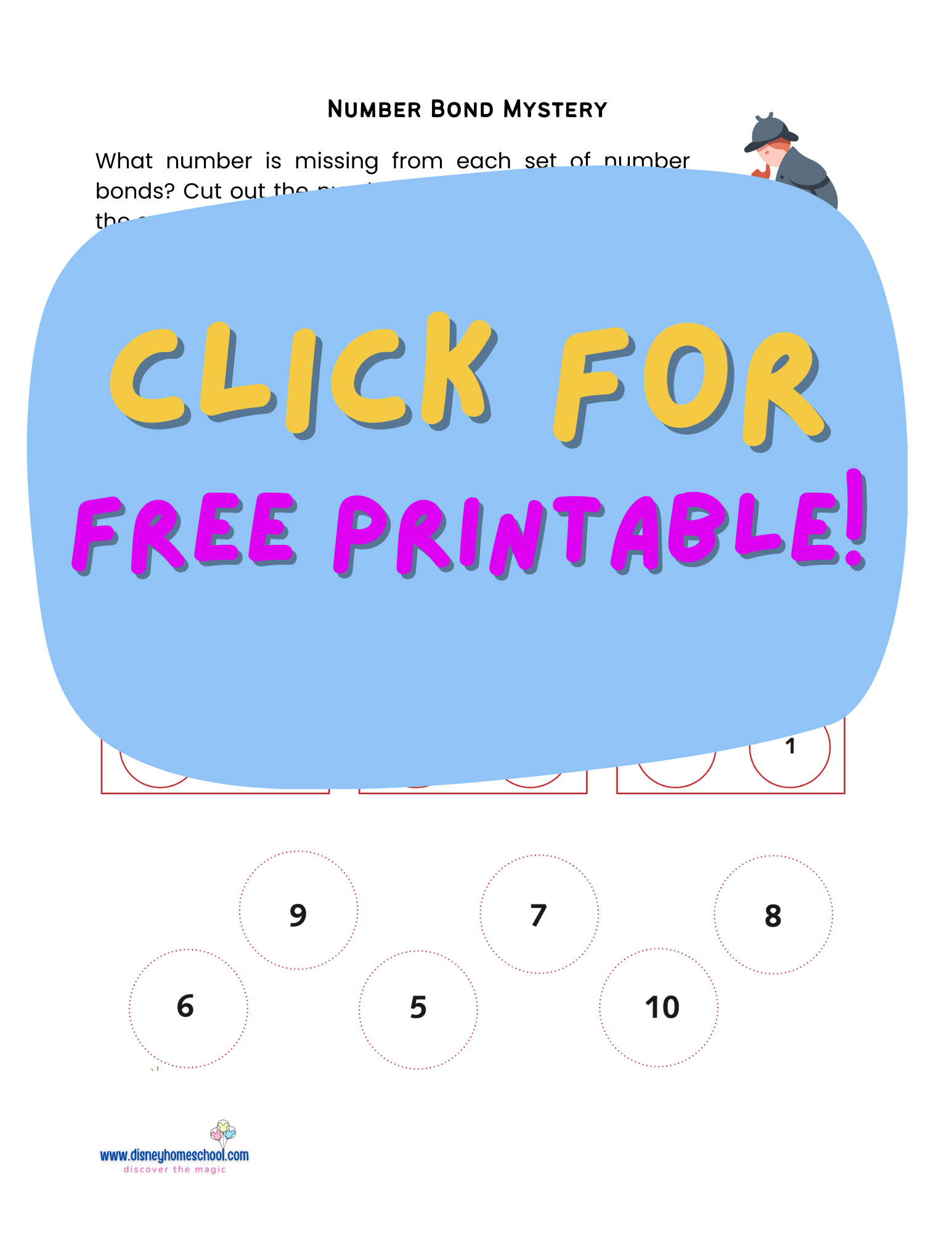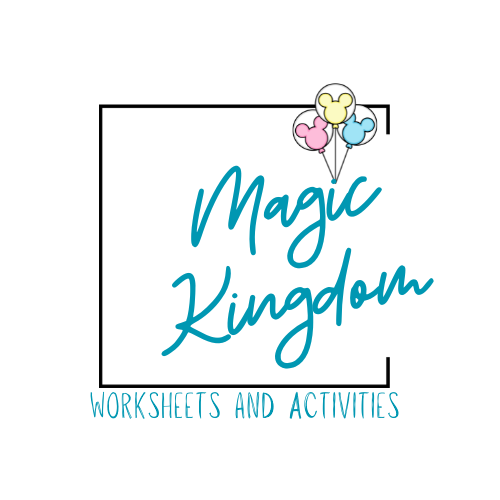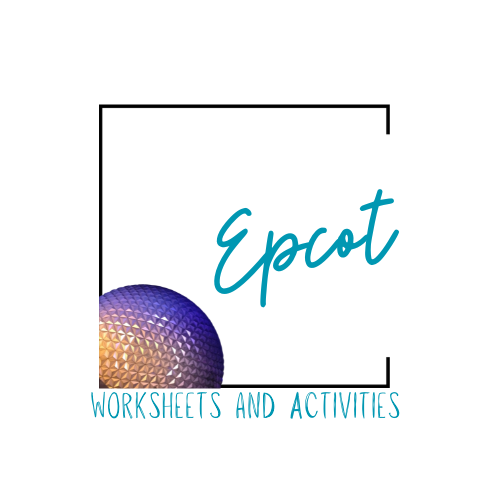Liberty Square
Liberty Square is one of the most historically rich areas of the Magic Kingdom, designed to immerse guests in the spirit of colonial America during the Revolutionary War period. Open since the park’s opening day in 1971, Liberty Square was created to celebrate American history and values, with incredible attention to historical accuracy. A fun fact is that the Liberty Tree in the center of the land is a real, centuries-old oak tree that Imagineers transplanted and outfitted with thirteen lanterns, representing the original thirteen colonies. Another clever detail is the brown “stream” running through the middle of the walkway, symbolizing the waste that would have flowed through colonial streets before indoor plumbing. From the replica of the Liberty Bell to the architectural details that match styles from the 1700s, every corner of Liberty Square is crafted to bring history to life in a way that feels both authentic and inspiring.
The Ultimate Magic Kingdom Workbook makes the experience of visiting Liberty Square even richer by offering activities that blend math, poetry, and history.
Pre-K and Kindergarten
Math: It’s a mystery! Where are the missing number bonds? Use your best math and detective skills to find them in this free printable. Teaching number bonds to pre-kindergarten and kindergarten students is crucial for laying a solid foundation in mathematics. Number bonds, which are pairs of numbers that combine to create a specific sum, help young learners develop a deep understanding of addition and subtraction. By introducing concepts like part-part-whole relationships, children can visualize how numbers connect, making it easier for them to tackle more complex mathematical ideas later on. Moreover, mastering number bonds supports number fluency, allowing students to perform calculations with confidence and efficiency. This foundational skill not only enhances their mathematical reasoning but also fosters critical thinking as they learn to manipulate numbers in various contexts. Ultimately, as children explore number bonds, they gain valuable problem-solving skills that will serve them throughout their educational journey.
Lower and Upper Elementary
Problem Solving and Mysteries: The game Junior Detective is an excellent tool for teaching problem-solving skills to elementary-aged kids, making it a valuable resource for homeschool parents. Players must collect clues, analyze evidence, and make logical deductions to solve mysteries, which encourages critical thinking and logical reasoning. The process sharpens observation skills as children learn to notice and remember small but significant details while also developing decision-making abilities as they evaluate options and choose the best course of action. If played collaboratively, the game fosters teamwork and communication, teaching kids the importance of cooperative problem-solving. Additionally, Junior Detective helps build patience and perseverance, as solving mysteries requires gathering clues and persisting through challenges. These skills have real-world applications, as deductive reasoning and analytical thinking are useful in subjects like math, science, and reading comprehension. Perhaps most importantly, the game makes learning fun, transforming valuable skill-building into an engaging and enjoyable experience. For homeschool parents, Junior Detective provides a hands-on, interactive way to enhance essential cognitive abilities while adding variety and excitement to the learning routine.
Middle School
History: A twelve-year-old Iroquois boy searches for peace in this historical novel based on the creation of the Iroquois Confederacy. Read Peacemaker and complete the free printable. Reading "Peacemaker" by Joseph Bruchac teaches middle school students about the importance of conflict resolution, understanding cultural diversity, and the value of peace. The story, which delves into the historical context of the Iroquois Confederacy and the character of the Peacemaker, provides insights into how communication and cooperation can lead to harmony among different groups. Through engaging with this narrative, students learn that finding common ground amid differences is vital in promoting unity and respect. Furthermore, the themes of empathy and reconciliation resonate with young readers, encouraging them to reflect on their own interpersonal relationships and the significance of resolving conflicts amicably in their daily lives. For more details on connecting this to the parks, check out my blog post on Liberty Square.










